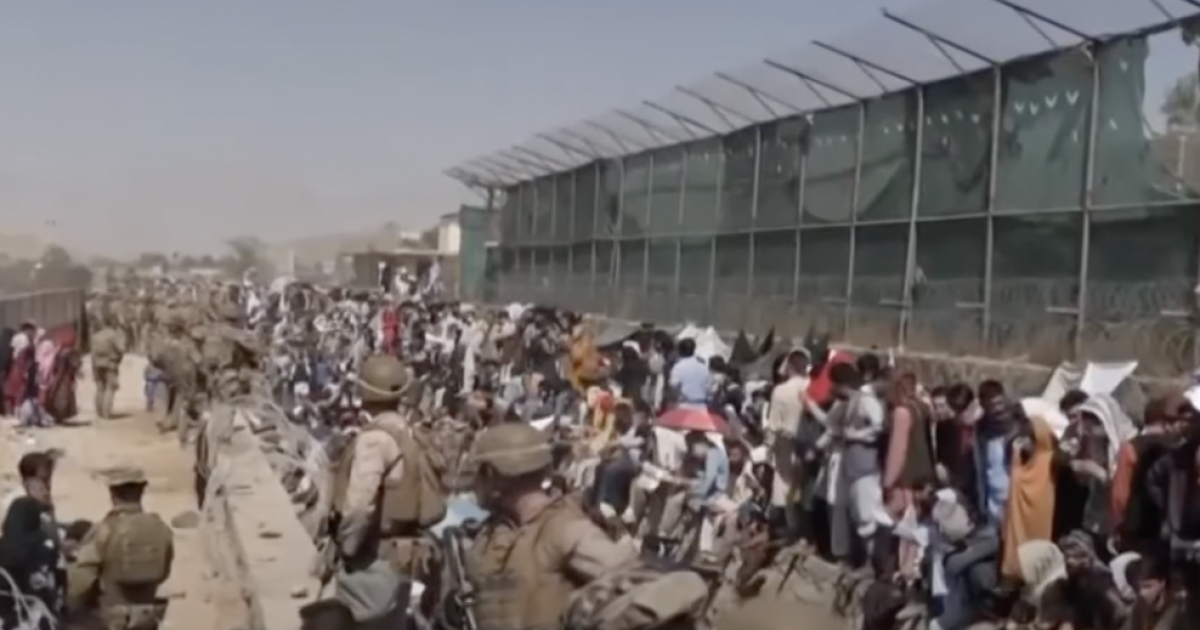
Investigative journalist Alex Rubinstein penned a Substack post titled “Did the US Support the Growth of ISIS-K?” that raised eyebrows in national security circles.
ISIS-K, short-hand for Islamic State-Khorasan, is an affiliate of the Islamic State of Iraq and the Levant (ISIL), that maintains strong activities in Central Asia. It was able to pull off a suicide bomb attack on August 26, 2021 at the Kabul Airport that resulted in the deaths of 182 people — 13 US military personnel and 169 Afghan civilians.
Much talk has been made about ISIS-K’s strange origins. One thing Rubinstein points out is that the “list of governments, former government officials, and organizations in the region that have accused the US of supporting ISIS-K is expansive and includes the Russian government, the Iranian government, Syrian government media, Hezbollah, an Iraqi state-sponsored military outfit and even former Afghan President Hamid Karzai.”
Many questions about the group’s strange backstory have surfaced after the Kabul airport attack. A number of dissident voices in the foreign policy space argue that the presence of ISIS-K and similar terrorist organizations is useful for the US’s military machine because their activity justifies the US’s military occupation of foreign countries under the guise “counterrorism.” The classic cui bono (who benefits?) dynamic comes into play when these attacks transpire.
In fact, the attack on Kabul airport was instantly used by foreign policy hawks to unsuccessfully justify a continued presence in Afghanistan on the grounds of counter-terrorism operation.
The last American troops were withdrawn in August 31, but there is definitely a temptation among US foreign policy elites to drum up unrest in Afghanistan now that the Islamist Taliban group controls the government.
Unlike the Taliban, which is more parochial in nature, ISIS is a transnational Islamist network whose interests often intersect with those of the US defense establishment. The national security community is constantly picking fights with countries like China, Russia, and Iran. On top of that, the US has repeatedly tapped into proxy groups and separatist movements to undermine the aforementioned countries.
Commentator Hadi Nasrallah observed on August 27 that the leader of the Shia militant group Hezbollah “said that the US have been using helicopters to save ISIS terrorists from complete annihilation in Iraq and transporting them to Afghanistan to keep them as insurgents in Central Asia against Russia, China and Iran.”
Nasrallahs’s comments are not off-base. The US has a long track record of backing Sunnni insurgents in the Soviet-Afghan conflict, Bosnia, Chechnya, Syria, and Xinjiang. China and Russia in particular are attractive targets for destabilization for the simple fact that they have sizable Sunni minority groups (Caucasus Muslims and Uyghurs, respectively) that can be exploited by external actors like the US for the purpose of destabilization.
As the geopolitical environment continues to grow more Eurasian in character, one can expect the US to indirectly or directly rely on ISIS-K as a strategic asset to undermine great power competitors like Russia and China and stubborn regional powers like Iran. Some things never change in American foreign policy.



